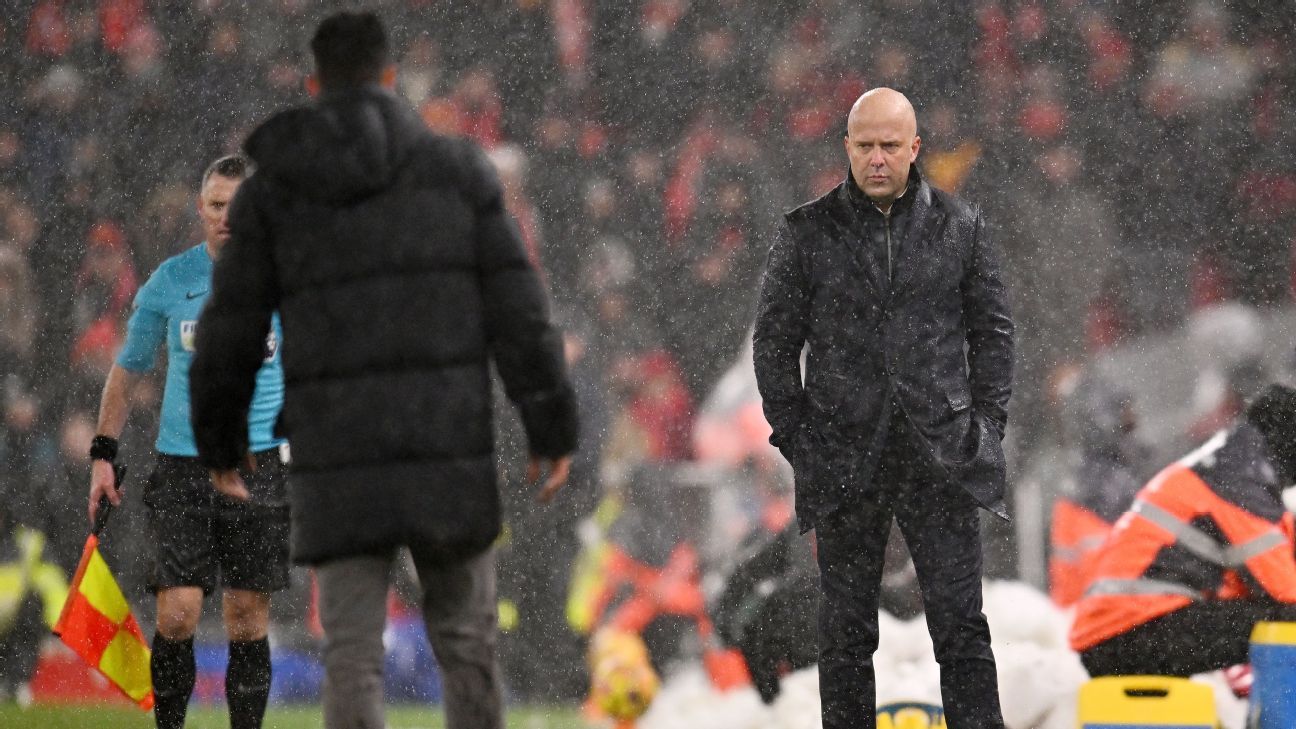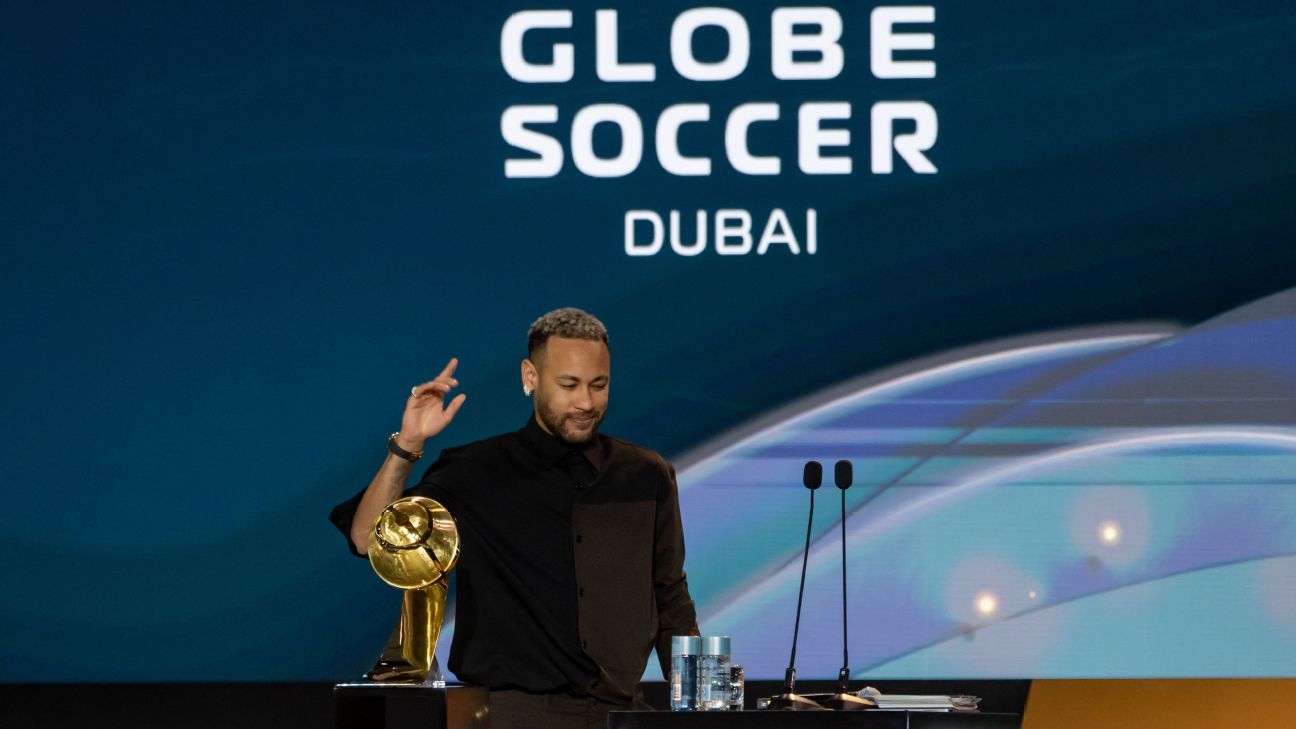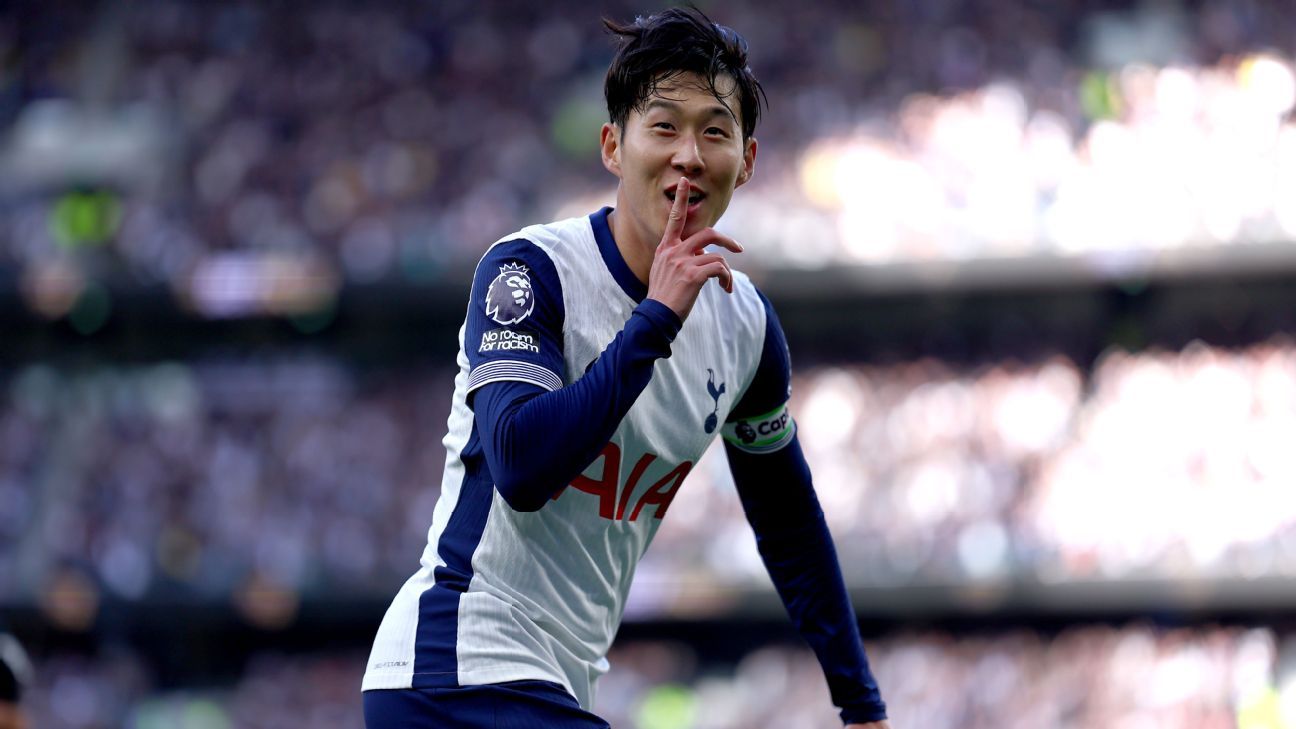
Gabriele Marcotti, Senior Writer, ESPN FCNov 14, 2023, 06:37 PM
Are you an NBA fan? (If not, feel free to skip the next two paragraphs.)
Would you enjoy a league where one team fielded a starting five of Luka Doncic, Steph Curry, LeBron James, Giannis Antetokounmpo and Nikola Jokic, with, say, Joel Embiid, Kevin Durant, Jimmy Butler, Rudy Gobert, Damian Lillard, Devin Booker and Ja Morant coming off the bench? Would it be fun to see them face another team whose starting five included Tyrese Haliburton, Austin Reaves, Caleb Martin, Harrison Barnes and Nic Claxton, with a bunch of no-names coming off the bench?
I'm going to guess that once the novelty value passed, probably not. But that's what the NBA might look like if the ratio between the highest paying team and the lowest paying team matched the Premier League's distribution of wages. In basketball, such a vast imbalance of resources wouldn't fly; in football, it's pretty much the norm. And most accept it.
When change happens gradually, we tend not to notice. The weirdly abnormal -- or abjectly unfair -- is accepted because heck, that's all we know and we don't remember how things were before. That's true of society at large, and it's certainly true of football.
- Stream on ESPN+: LaLiga, Bundesliga & more (U.S.)
Last month, the football finance newsletter Swiss Ramble published the wage bills of every club in Europe's top five leagues for the 2021-22 season, the most recent one for which we have complete accounts. It confirms what we already know: Some clubs spend far more on wages than others, and because wages are strongly correlated to success on the pitch, the same clubs win again and again.
Not surprising, right? However, what you may not realize is the sheer scale of the inequality within each league. In the 2021-22 season, the highest wage bill in the Premier League -- by far the most egalitarian (or, more aptly, least grossly unequal) of the Big Five in Europe -- belonged to Manchester United, whose total was 5.65 times as high as the club with the lowest salaries, Brentford.
The gap is even more extreme in other leagues. In Serie A it was about 9.5 times (from Juventus at the high end to Spezia at the low), the Bundesliga was around 15.5 times (Bayern to Greuther Fürth), LaLiga clocked in at 18.5 (Real Madrid to Rayo Vallecano) and in France, it was a ridiculous 41.5 (Paris Saint-Germain to Clermont Foot).
Stop and think about this for a minute. Have we lost all expectation of what might constitute a fair fight? Do we enjoy watching a Lamborghini race a unicycle? Well we do, apparently, and not just in football, either.
In Formula 1, the same team won 16 of 17 Grands Prix this season -- the same guy, Max Verstappen, won 14 of 17, which is why he's world champion ... just like last year and the year before -- with nearly a quarter of the season to go. And F1, lest we forget, has a cost cap. So if Red Bull dominates, it's not just because they spend more -- they just spend better, whether it's better wind tunnels, better drivers, better engineering nerds and mechanics or whatever.
In football, the only cost controls that exist -- when they're enforced and not side-stepped through accounting shenanigans or dubious inflated sponsorships -- have to do with sustainability, because nobody wants clubs to go bust. Their goal is to ensure that you don't spend more than a certain percentage of your revenues on players (salaries and transfer fees), not to make sure teams spend comparable amounts. In terms of levelling the playing field, this does absolutely nothing. It's like telling Taylor Swift and Joe Schmo who pumps gas at your local station that they can't spend more than 10% of their annual income on personal transportation.
The economist Stefan Szymanski showed some 20 years ago how performance and wage expenditure were closely correlated, and since then, others have followed. The gap between the elites and everyone else has increased. In the Premier League, seven teams have broken the 90-points barrier (2.37 points per game) in the past decade. Contrast this with England's top flight in the 1980s: Not only were there zero teams who reached the same points per game equivalent of 90 points, there were only two that broke the 80-point barrier.
It's a similar story around Europe. The six highest point tallies in Bundesliga history were all reached in the past 11 years, while seven of the eight highest in Serie A occurred in the past decade.
What stops this from being a Max Verstappen-like procession is the nature of the sport. It's low-scoring, weird things happen, there's variance and even with the overwhelming advantages afforded to the elite clubs, upsets do happen. And yeah, taking the 2021-22 season from which the Swiss Ramble's data is drawn, you'll note that Brentford only finished six positions lower than Manchester United, Spezia avoided relegation while Juve finished fourth, Rayo were mid-table and Clermont avoided the drop. That's what prevents these leagues from being numbingly predictable, but the direction of travel is obvious, and there's no reason to think it's going to get better.
Rich clubs aren't just rich; they're powerful, too. Maybe not powerful enough to set up a breakaway Super League, but more than powerful enough to not only maintain the status quo, but also exacerbate the gap. Given the globalized game, the flow of money and the very notion of superstars who attract eyeballs, those who believe that football needs to have superclubs and punching bags to maximize revenue may have a point.
This fact may or may not depress you. As for me? I'd be grateful if we reminded ourselves every so often that what we're watching -- one team with five, 10 and even 40 times the resources of their opponents -- isn't just unfair. It's also out of keeping with the history of the sport.
 (1).png)
 1 year ago
22
1 year ago
22


















